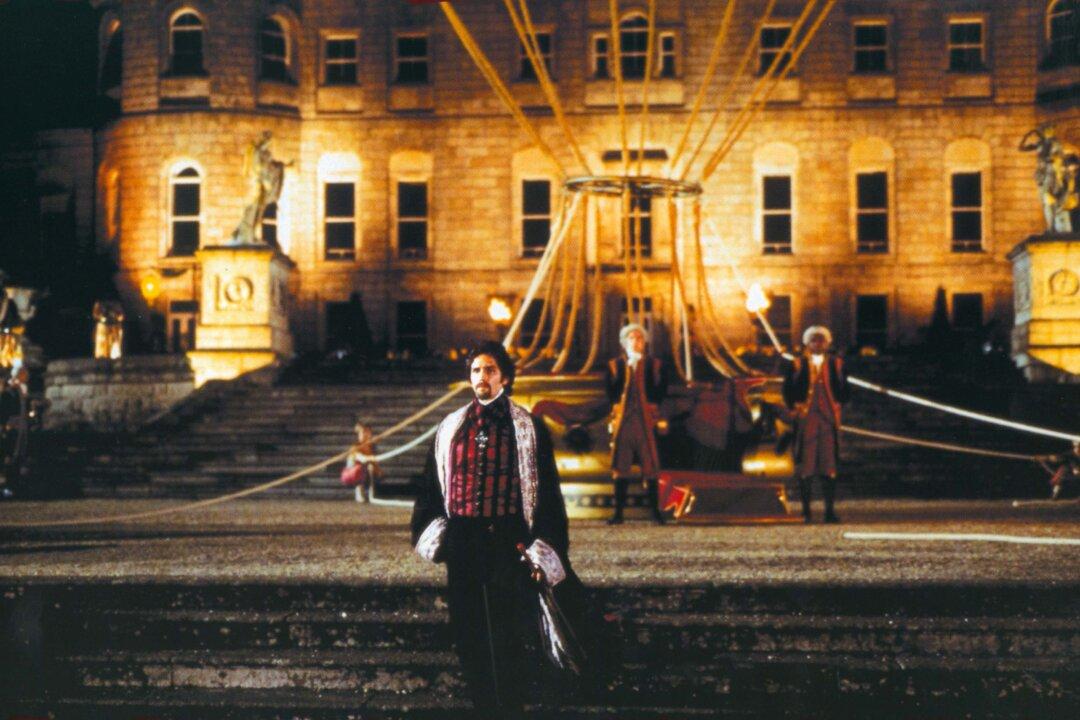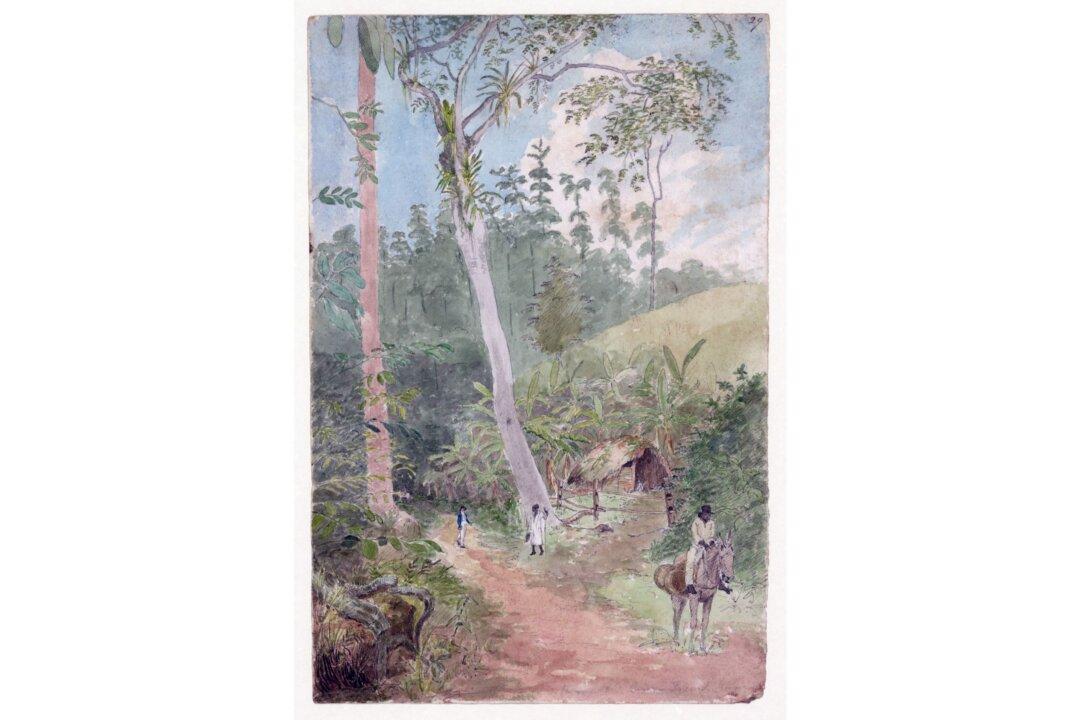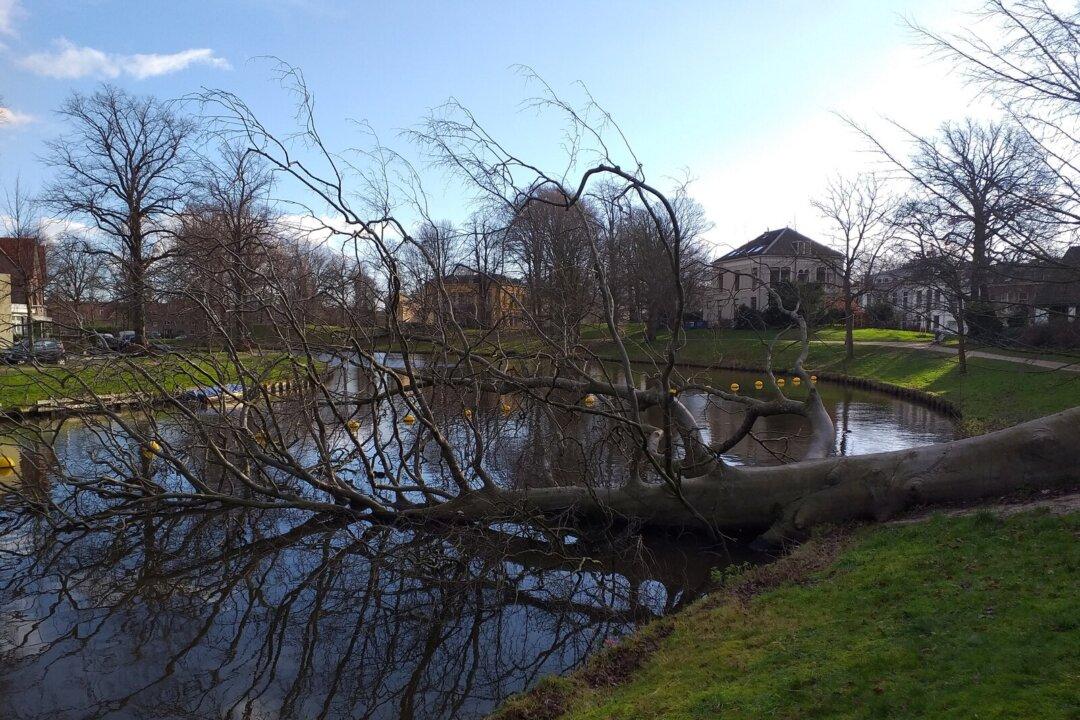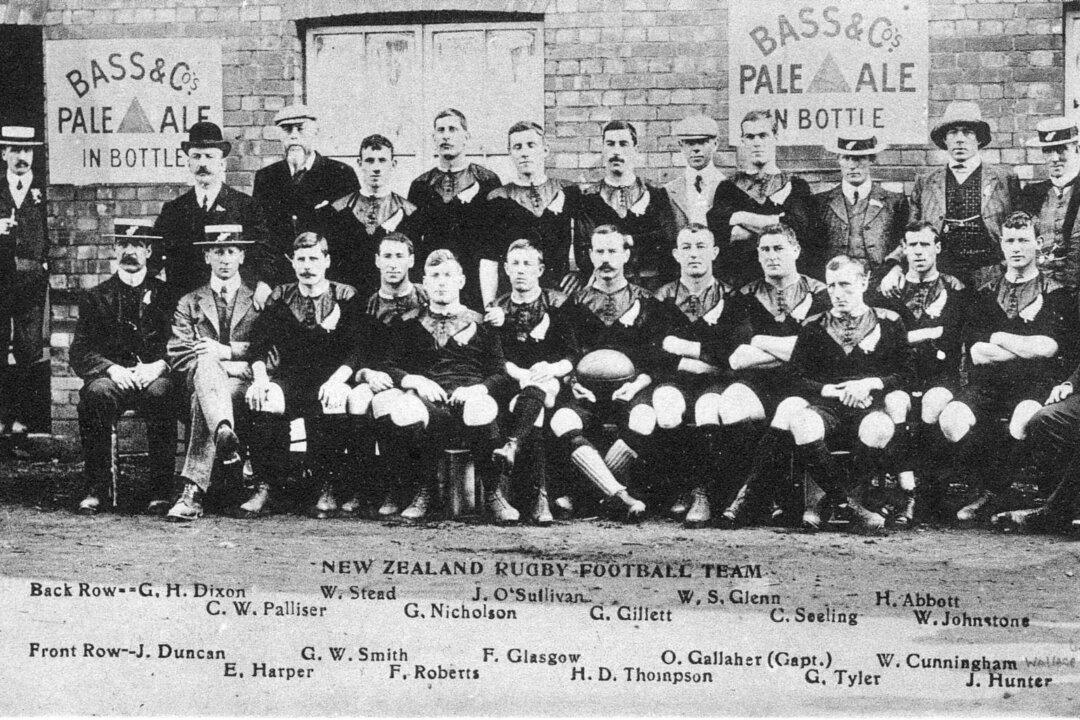It is a little known fact that in addition to being the foremost Founding Father, George Washington was unwittingly involved in the first world war. What Americans call the French and Indian War, which Europeans call the Seven Years’ War, took place because of a fight over Pittsburgh. This fight was begun by no other than George Washington. It was in the year 1754, long before the name “Pittsburgh” was given to the location where the Allegheny River from the north and the Monongahela River from the south come together and form the Ohio River. It was decades before Washington gained his immortal reputation in the American Revolution.
In the early 1700s, the Ohio River Valley (from modern-day Pittsburgh to St. Louis) was extremely valuable both to the English and to the French. After acquiring treaties with different Native American peoples in the valley, both of these European nations claimed the territory for themselves and had regular soldiers and Native American allies to back up those claims. The English also enlisted their colonists’ help. However, in terms of bases of operations, the territory was far from the settled areas of either nation. The main French settlements were up north along the St. Lawrence River, in what is now Canada, while the small cities and towns of the British colonies were all on the other side of the Appalachians.
A Perilous Journey
For George Washington, the job would require a round-trip journey of a thousand miles through the wilderness of what is today Virginia, West Virginia, Maryland, and Pennsylvania. While 110 miles or so of his approximate journey through western Pennsylvania can be completed today in a couple of hours by tourists driving the Washington’s Trail 1753, in his time, there were no roads and no road stops for provisions. It would be a trip into a land filled with innumerable dangers: hostile native peoples and the hostile French, the possibility of getting lost or seriously injured without access to help, untried and unknown river crossings, and wild animals. Washington set out knowing he was embarking on at least two months of constant danger; in the end, the adventure took about 10 weeks.
The very act of delivering the eviction notice to the French was difficult. While working with the natives in Logstown, Washington had only encountered allies. But as he moved on to Fort Venango, he encountered a tense, long, physically grueling game of “pass the buck,” French-style. The commander at Fort Venango said he didn’t have a high enough pay grade to accept the letter from Dinwiddie. Monsieur Washington would need to go to yet another fort. He did. At this fort, Fort Le Beouef, he was told to take his letter to the governor of Canada. Washington stood firm and demanded an answer. Eventually, the commander acceded and gave a reply: The French believed that it was they, not the English, who held the valid claim to the
Ohio River Valley.
The War Begins
The next year, 1754, Dinwiddie authorized Washington to lead a small band of colonial soldiers back into western Pennsylvania. Less than 100 miles away from Pittsburgh, they came upon the French. While there was no state of declared war at the time, the French seemed ready to fight. Due to the language barrier and stumbling upon each other in the woods, Washington evaluated the situation and concluded that it was not a matter of whether there would be shooting but rather who would shoot first. His men opened fire and the French surrendered, but not before their commander, Ens. Joseph Coulon de Villiers de Jumonville, was shot and killed.Washington and his men built Fort Necessity in preparation of retaliation. When the French and their native allies finally came, the fort protected the defenders long enough to convince the French to hold a parley. Washington’s side was clearly at a disadvantage, so he accepted the terms even though he didn’t fully understand them; they were written in French, and in very bad handwriting as well. While Washington and his men were allowed to leave, a few months later he found out that he had admitted to assassinating Jumonville. The French and Indian War (and The Seven Years’ War) had begun.
In 1755, Washington returned for a third round with the French. He accompanied a regular British army under Maj. Gen. Edward Braddock. They were heading out to take Fort Duquesne, located near modern-day Pittsburgh. Partly due to British prejudice against colonials and partly due to his having had the rank of lieutenant colonel the year before, Washington was offered only the rank of captain. For this reason, he traveled as a Braddock’s aide-de-camp and quietly mulled over the lack of recognition his merit deserved.

This lack of recognition did not keep him from fighting well in the Battle of the Monongahela, when the French ambushed the British just a few miles from Fort Duquesne. It also did not stop him from effectively taking control of the army at a critical moment after Braddock was shot and killed. Washington directed a band of soldiers to protect the retreat, allowing the rest of the army to escape massacre and scalping.
Lessons to Be Put to Good Use
Nevertheless, Washington’s Pittsburgh adventures went far toward making him our first and greatest patriot. He may not have realized or appreciated it at the time, but his range of experiences were unique and of the kind that forms a potentially great man into a great man. Unlike most of his fellow colonists, he served with distinction among the British regulars. And not only had he commanded colonial troops, but he had also commanded some British regulars. However, unlike the temporarily stationed British troops and generals he had served with in the French and Indian War, Washington would continue to live in the colonies and store up intimate knowledge of the country, the culture, and the people.Washington unwittingly set off the first world war and, in the process, obtained the best perspective a colonist could have of what it meant to fight with and against European powers. Most importantly, he had encountered innumerable dangers and overcome them. If one obtains courage by being courageous, there was hardly a man in the world as brave as our first president.





